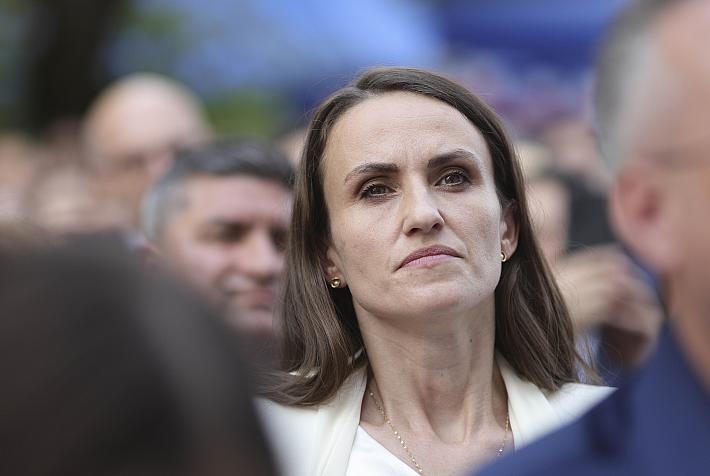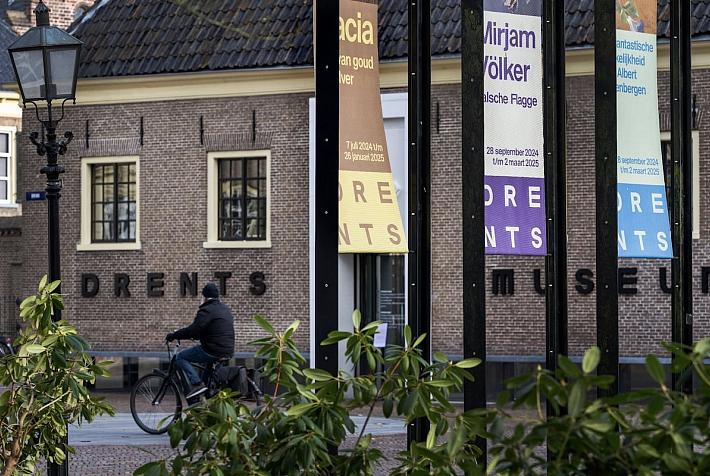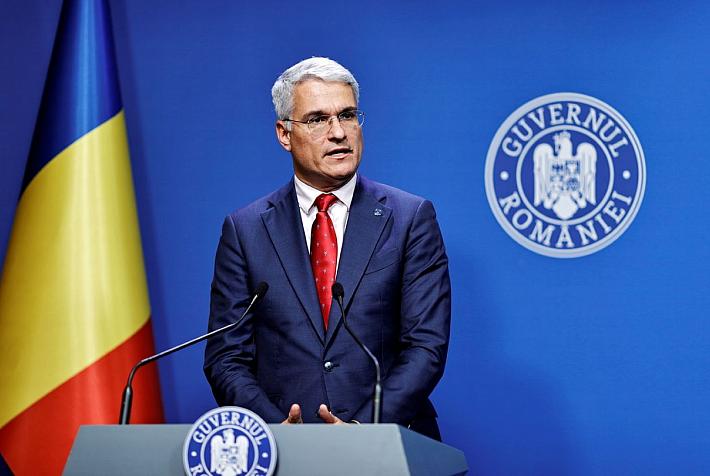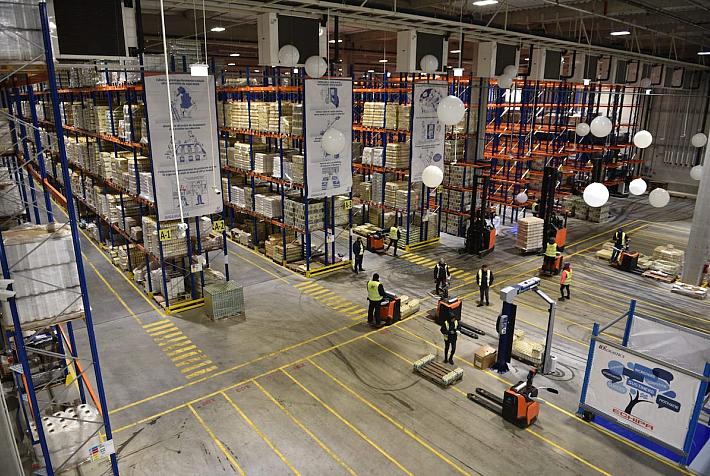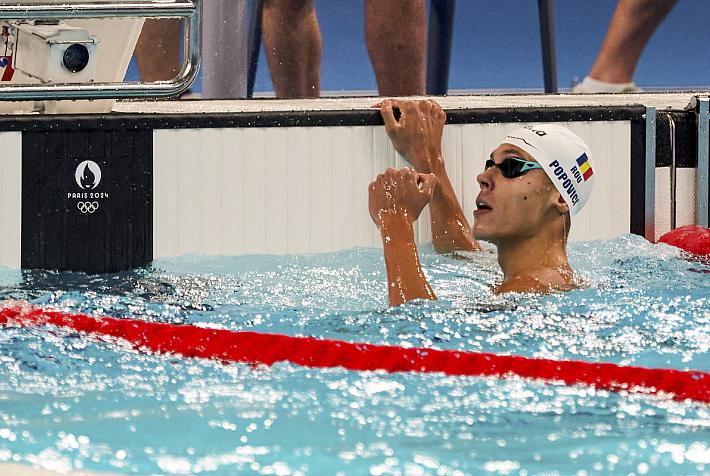EC President Juncker presents five scenarios for the European Union’s future
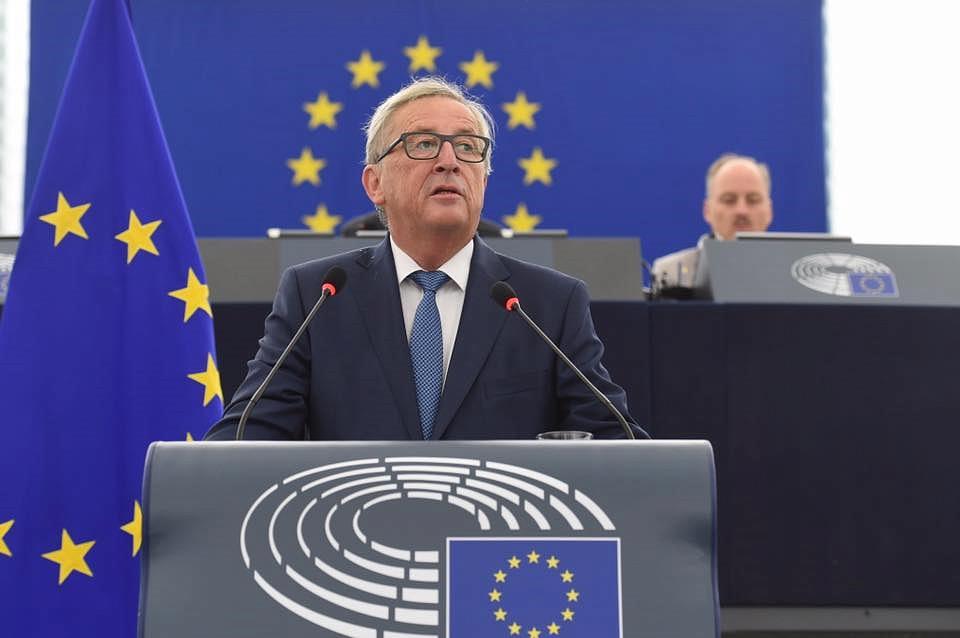
The European Commission presented a White Paper on the Future of Europe, which includes five scenarios for the way the European union could evolve by 2025. The EU leaders will decide by the end of this year on the direction to follow, EC President Jean-Claude Juncker said on Wednesday, March 1.
“60 years ago, Europe's founding fathers chose to unite the continent with the force of the law rather than with armed forces. We can be proud of what we have achieved since then. Our darkest day in 2017 will still be far brighter than any spent by our forefathers on the battlefield,” Juncker said.
“As we mark the 60th anniversary of the Treaties of Rome, it is time for a united Europe of 27 to shape a vision for its future. It's time for leadership, unity and common resolve. The Commission's White Paper presents a series of different paths this united EU at 27 could choose to follow. It is the start of the process, not the end, and I hope that now an honest and wide-ranging debate will take place. The form will then follow the function. We have Europe's future in our own hands,” he continued.
The White Paper looks at how Europe will be impacted in the next ten years by factors such as the impact of new technologies on society and jobs, globalization, security concerns, and the rise of populism.
The five scenarios included in the White Paper show how the EU could evolve depending on strategic political decisions. They vary from rewinding the integration process and only keeping the single market to accelerating the integration process and having more decision taken at the center.
The scenarios cover a range of possibilities and are illustrative in nature. They are neither mutually exclusive, nor exhaustive, according to the EC. Juncker said he rejected the idea that the EU was just a free trade area, but said he wouldn't express his preference for one of the presented scenarios for the moment.
Scenario 1: Carrying On - The EU27 focuses on delivering its positive reform agenda in the spirit of the Commission's New Start for Europe from 2014 and of the Bratislava Declaration agreed by all 27 Member States in 2016. By 2025 this could mean:
Europeans can drive automated and connected cars but can encounter problems when crossing borders as some legal and technical obstacles persist.
Europeans mostly travel across borders without having to stop for checks. Reinforced security controls mean having to arrive at airports and train stations well in advance of departure.
Scenario 2: Nothing but the Single Market – The EU27 is gradually re-centred on the single market as the 27 Member States are not able to find common ground on an increasing number of policy areas. By 2025 this could mean:
Crossing borders for business or tourism becomes difficult due to regular checks. Finding a job abroad is harder and the transfer of pension rights to another country not guaranteed. Those falling ill abroad face expensive medical bills.
Europeans are reluctant to use connected cars due to the absence of EU-wide rules and technical standards.
Scenario 3: Those Who Want More Do More – The EU27 proceeds as today but allows willing Member States to do more together in specific areas such as defence, internal security or social matters. One or several "coalitions of the willing" emerge. By 2025 this could mean that:
15 Member States set up a police and magistrates corps to tackle cross-border criminal activities. Security information is immediately exchanged as national databases are fully interconnected.
Connected cars are used widely in 12 Member States which have agreed to harmonise their liability rules and technical standards.
Scenario 4: Doing Less More Efficiently - The EU27 focuses on delivering more and faster in selected policy areas, while doing less where it is perceived not to have an added value. Attention and limited resources are focused on selected policy areas. By 2025 this could mean
A European Telecoms Authority will have the power to free up frequencies for cross-border communication services, such as the ones used by connected cars. It will also protect the rights of mobile and Internet users wherever they are in the EU.
A new European Counter-terrorism Agency helps to deter and prevent serious attacks through a systematic tracking and flagging of suspects.
Scenario 5: Doing Much More Together – Member States decide to share more power, resources and decision-making across the board. Decisions are agreed faster at European level and rapidly enforced. By 2025 this could mean:
Europeans who want to complain about a proposed EU-funded wind turbine project in their local area cannot reach the responsible authority as they are told to contact the competent European authorities.
Connected cars drive seamlessly across Europe as clear EU-wide rules exist. Drivers can rely on an EU agency to enforce the rules.
 The White Paper on the Future of Europe will first be discussed at the Rome Summit on March 25, 2017, which marks the EU’s 60 anniversary.
The White Paper on the Future of Europe will first be discussed at the Rome Summit on March 25, 2017, which marks the EU’s 60 anniversary.
The EU currently has 27 member states and over 500 million citizen. Romania has been a member of EU since January 1, 2007, being one of the last countries accepted in the union.
Romania records positive balance in relation to EU
editor@romania-insider.com







